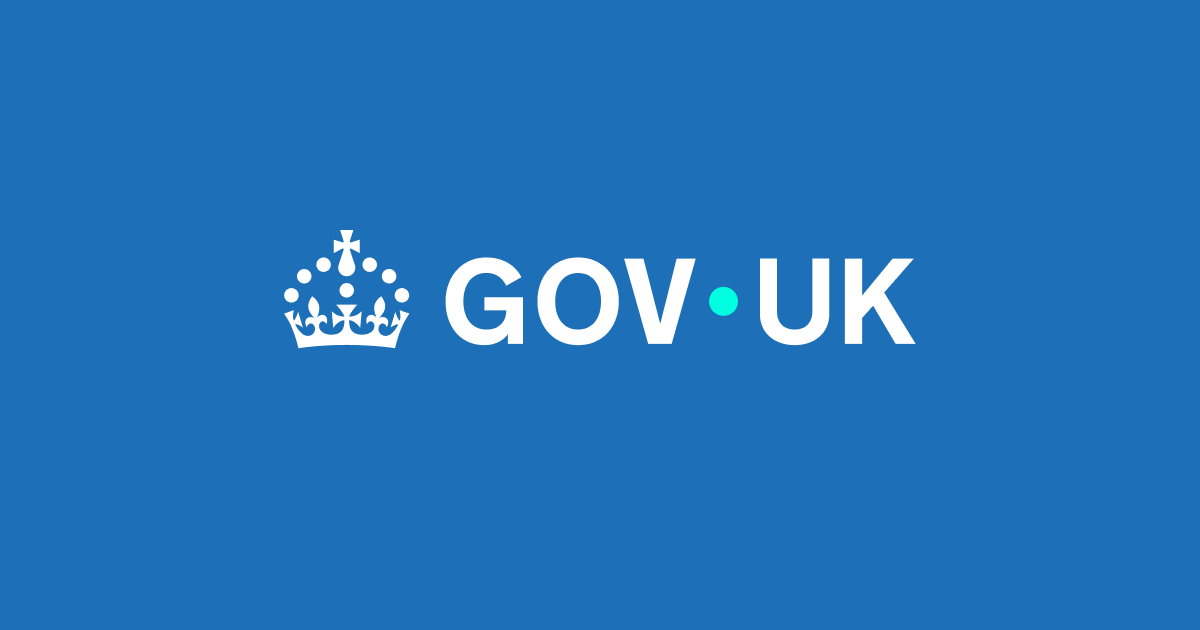The Scottish Government’s Government Expenditure and Revenue (GERS) figures for 2024-25 show that people in Scotland benefit by £2,669 more per head of additional spending compared to the UK average, as a result of the redistribution of wealth throughout the UK, and the impact of our Plan for Change. This is an increase of £358 on the previous year [£2,311 in 2023-24].
In 2024-25, £91.4 billion in tax receipts was raised in Scotland through devolved and reserved taxation, compared to £117.6 billion in public spending for Scotland. That works out to 8.0 per cent of UK revenue and 9.1 per cent of spending.
The figures also reveal that the ‘notional deficit’, or net fiscal balance, in Scotland grew to around £26.5 billion, or 11.7 per cent of GDP, more than double the UK deficit of 5.1 per cent of GDP. This is an increase of £5.1 billion on the previous year [£21.4 billion in 2023-24].
The UK Government is committed to retaining the Barnett Formula and funding arrangements agreed with the Scottish Government through the Fiscal Framework, which enables this higher spending for Scotland. We are also committed to working in partnership with the Scottish Government to drive economic growth in Scotland as part of our Plan for Change.
Despite this, the Scottish Government recently confirmed that its policy is to end the current application of the Barnett formula in Scotland, a move that would mean a funding gap of more than £14 billion that the Scottish Government needed to manage.
Scottish Secretary Ian Murray said
These figures underline the collective economic strength of the United Kingdom and how Scotland benefits from the redistribution of wealth inside the UK. By sharing resources with each other across the UK, Scots benefit by £2,669 more per head in public spending than the UK average. It also means that Devolved Governments have the financial heft of the wider UK behind them when taking decisions.
That means more money for schools, hospitals and policing, if the Scottish Parliament chooses to invest in those areas. People in Scotland will rightly expect to see better outcomes.
These figures also underline that the Scottish Government’s policy of full fiscal autonomy would mean turbo-charged austerity and economic chaos for Scotland. That’s why the UK Government will stand up for the pooling and sharing resources across the UK as part of our Plan for Change – to grow the economy and put more money in working people’s pockets.
A recent Westminster Scottish Affairs Committee inquiry examined the effectiveness of the Barnett Formula – the mechanism which determines the level of funding the UK Government sends to Scotland every year. The MPs found the measure was “fit for purpose”. The committee also rejected calls for the formula to shift and provide funding to Scotland based on need. The report said Scotland already receives more funding per head than any other country in the UK, and a change in the framework could see funding cut.
At the Spending Review the Chancellor set out a record settlement for the Scottish Government. It will receive an extra £9.1 billion over the course of the Spending Review period, meaning that the Block Grant is forecast to increase in real terms for every year of the Spending Review and will be worth £52 billion by 2028/29, the highest since devolution.
The UK Government is also investing directly in Scotland – including £1.7 billion in local growth projects. £750 million for Edinburgh’s supercomputer, £250 million to upgrade Faslane, and £200 million in the Acorn project. And of course the billions the UK Government is spending on defence disproportionately benefit Scottish jobs and industry.
The GERS figures are published here

